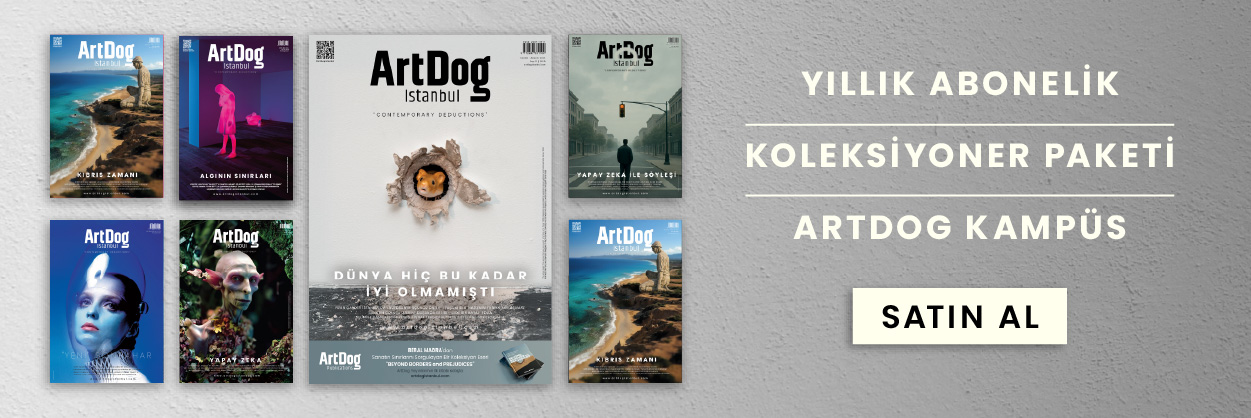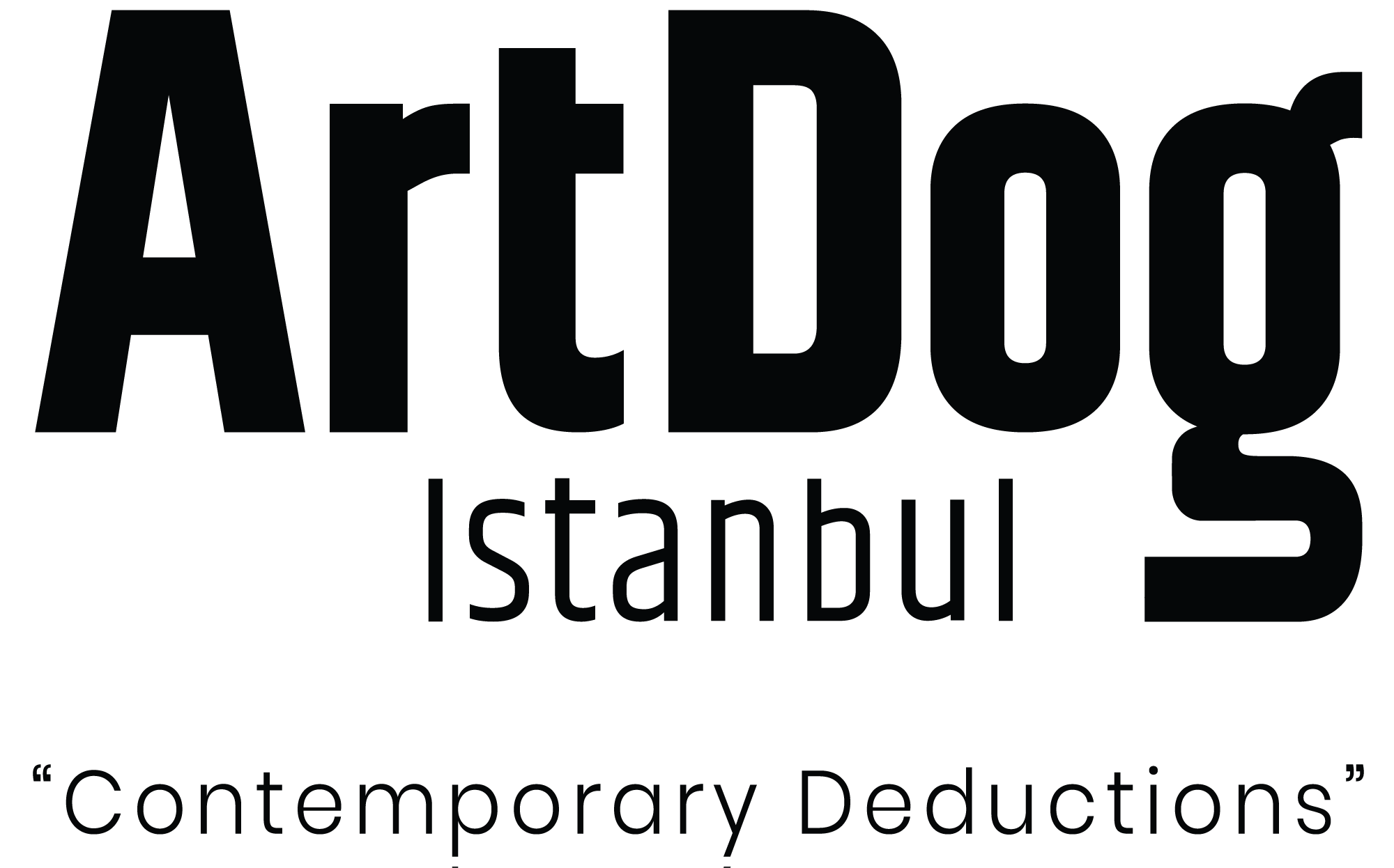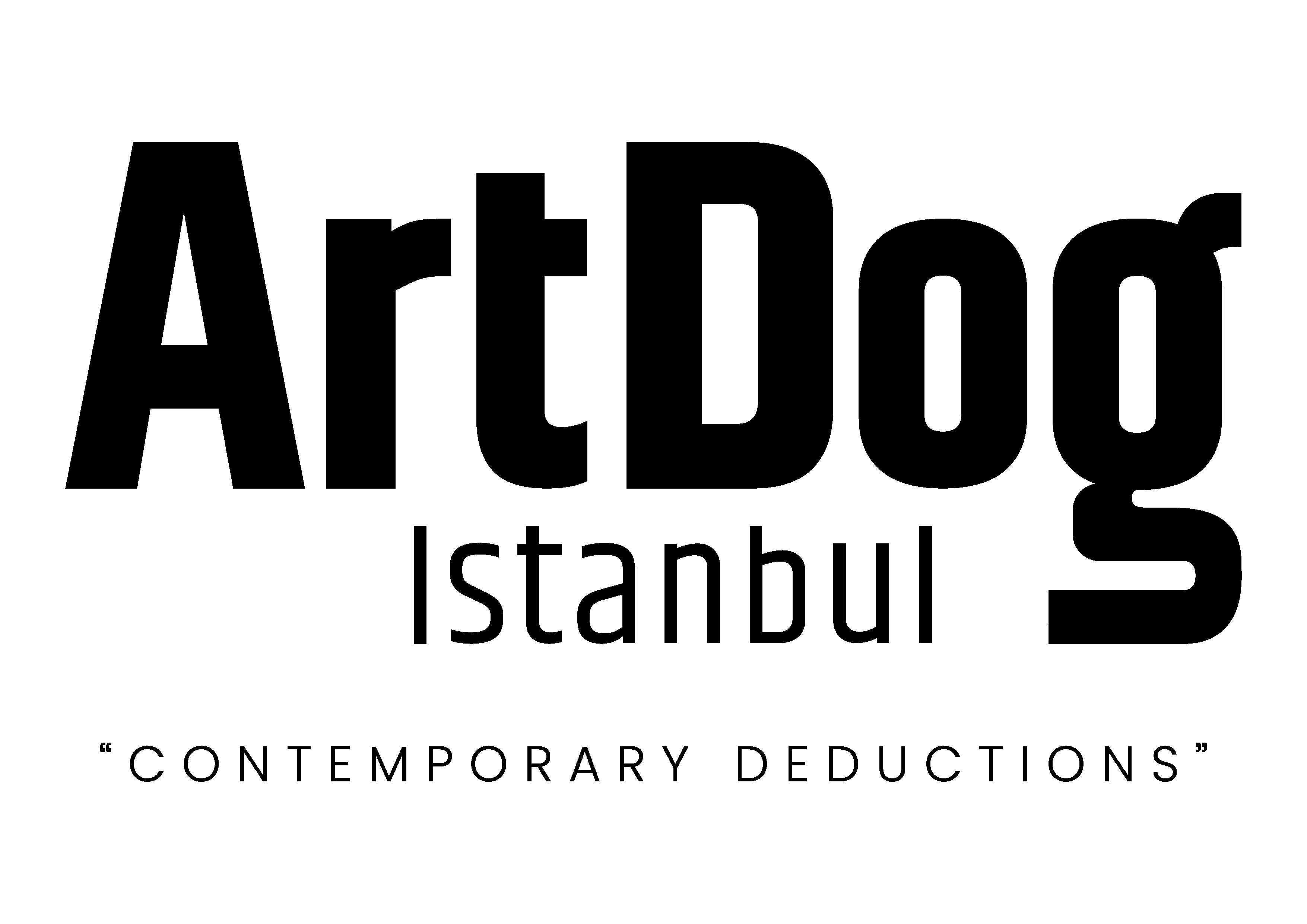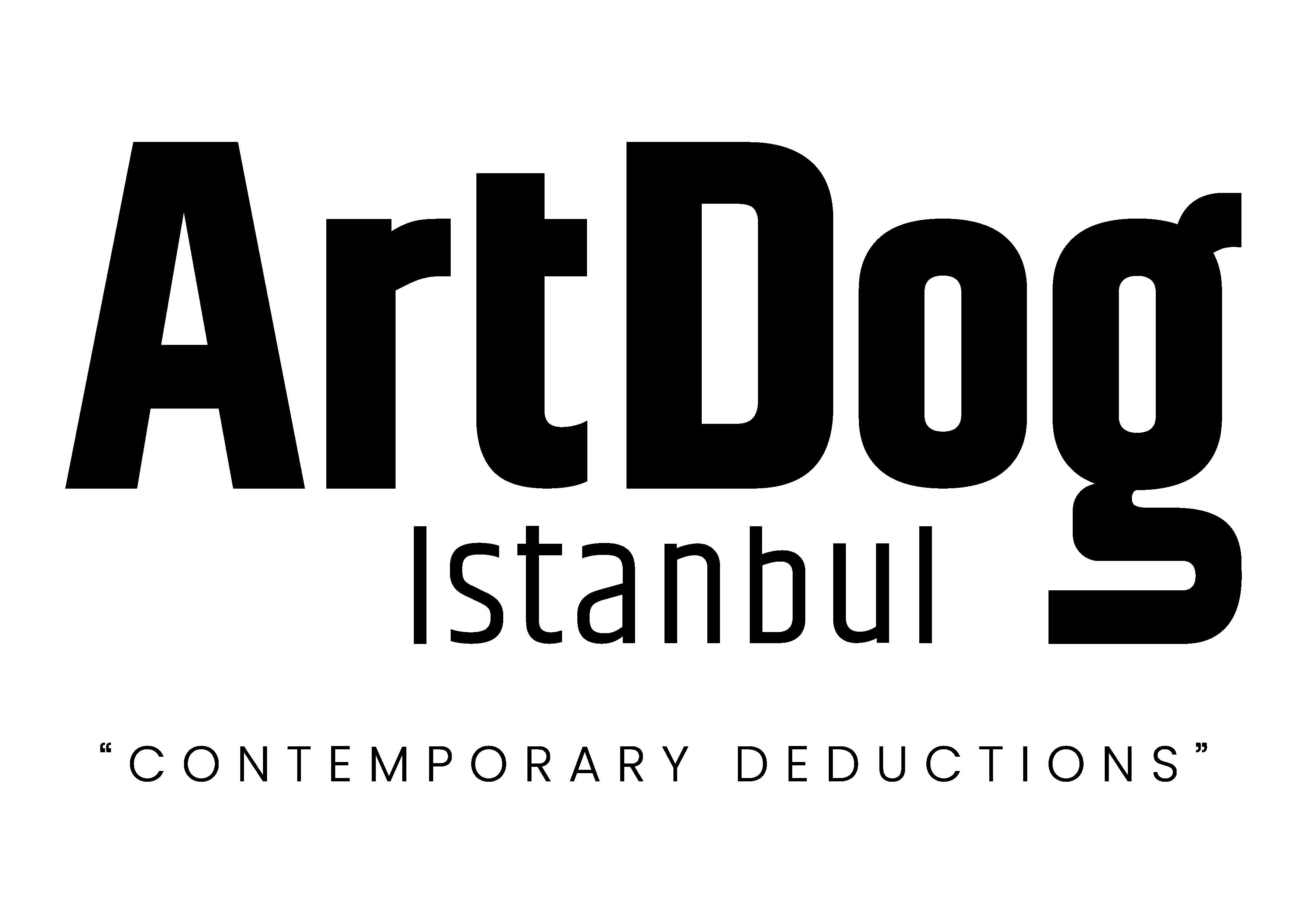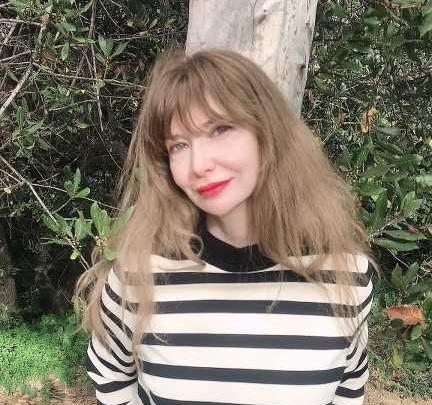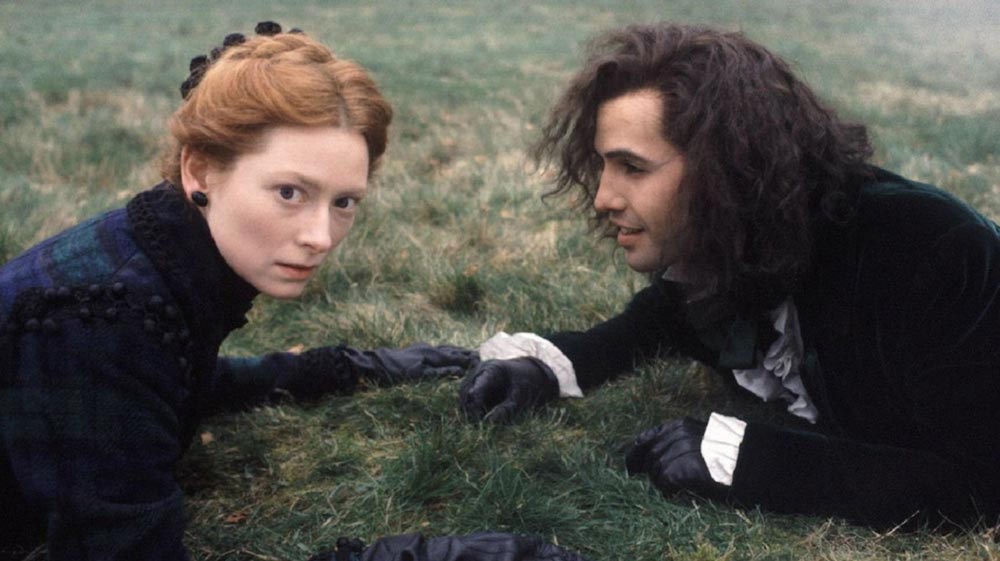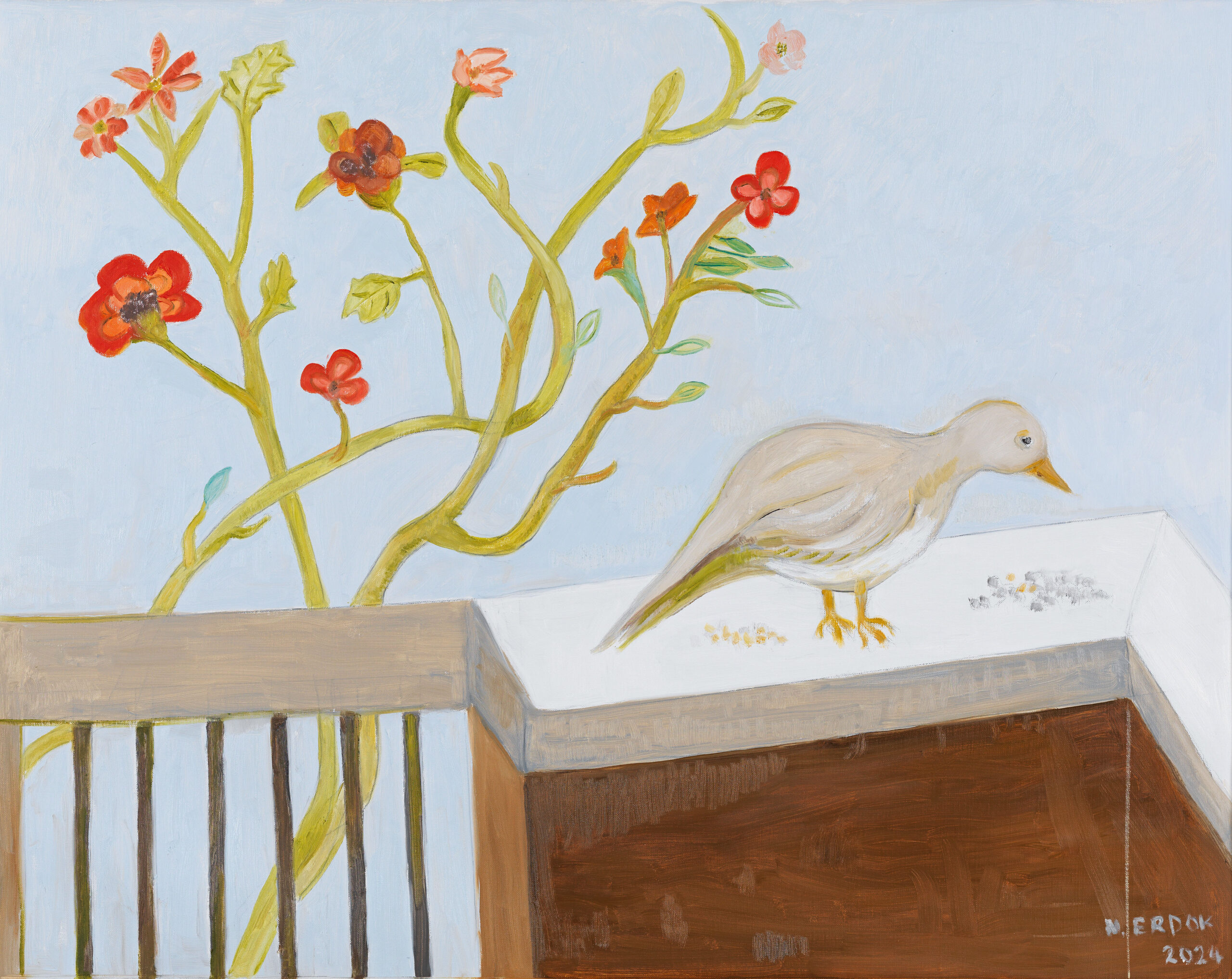Author Alev İnan returns with her latest fantasy masterpiece, Maxistra: Tales of Fortune. In this gripping novel, İnan crafts a richly layered world where mythology and modernity collide, profoundly exploring human nature, power, and environmental decay. Through the intertwining stories of four ancient tribes and their struggles against Despera’s Curse, the book delivers a dark yet thought-provoking tale that resonates with today’s social and political challenges.
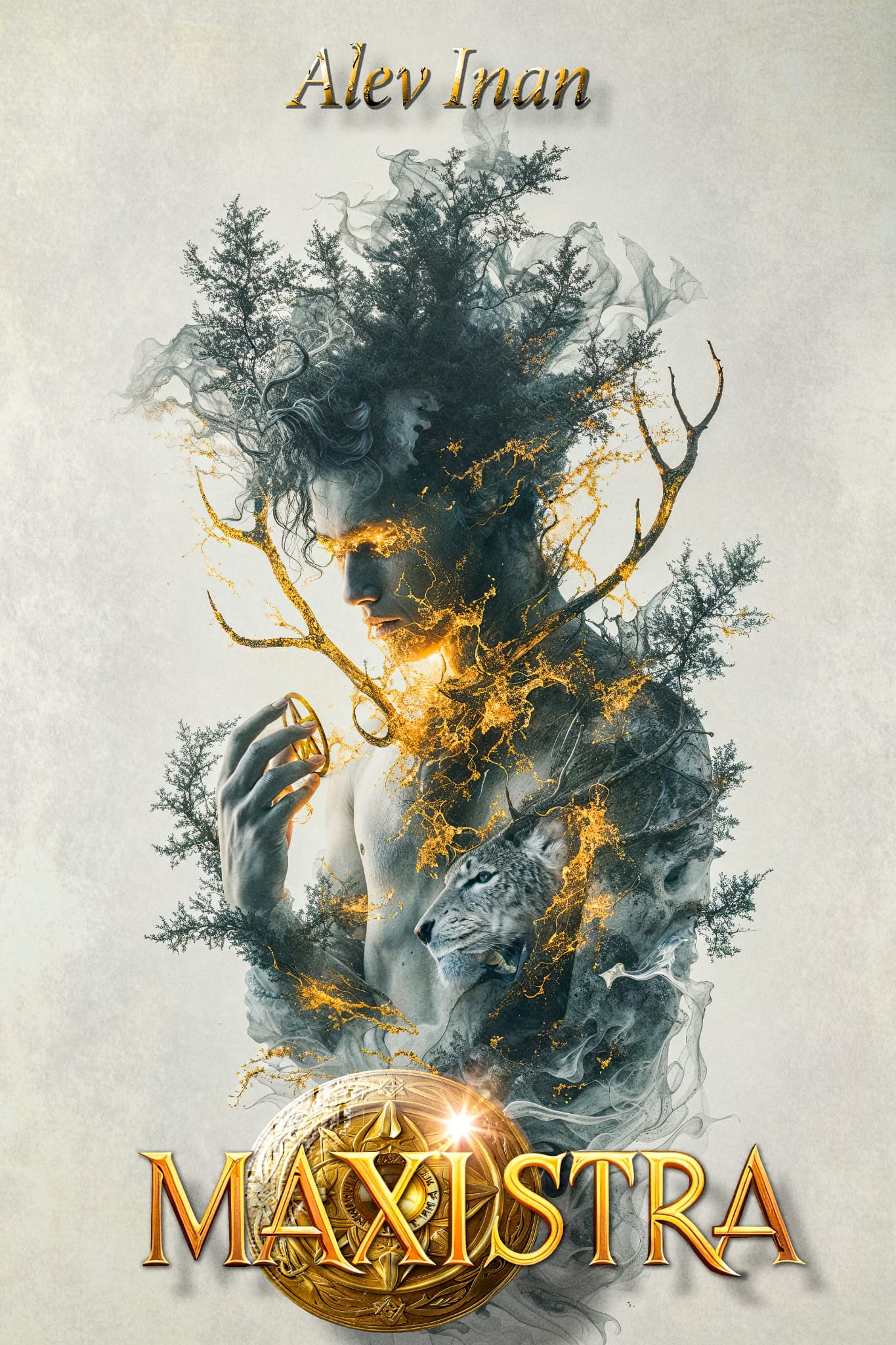
In “Maxistra: Tales of Fortune ” there is a pivotal emphasis on the theme of luck. Why luck?
Alev İnan: I believe in the existence and the ‘trickeries” of fortune. I have since forever distanced myself from lucky people. I have always thought that ‘Luck’ is the nemesis of labor, faith, intellect, morals, and intelligence. I personify Luck as a drunk entity that has lost its moral compass. and believe that the instant it decides to become an ally of the mediocre, there is nothing you can do but gape at its wondrous deeds in awe. Luck is the mother of spiritual and intellectual inertia and the only concept that dismantles every component of justice.
As I said mentioned before, writing is the only way I get rid of what I cannot perceive or resolve. Yet I also believe I have completed all my reckonings with Luck through this book. However, that doesn’t mean that I have come to terms with Lucky people.
MAXISTRA is a dark fantasy novel, but has it any connotation to real life?
Alev İnan: The book is entirely inspired by the historical, political, and social realities of the world we live in, and at times it also carries clues from my own experience of life.. “Maxistra” is a quest for answers and explanations to what I cannot perceive resolve on my own, in its dialect. My books have always been my wiser selves.
How does Maxistra differ from other fantasy novels?
Alev İnan: It holds almost all the features of a fantasy novel yet differs at some points. Unlike most fantasy novels, all the characters in the book are layered due to their conflicting ideologies personalities, and personal lives. It all creates chaos in their core selves. This dilemma is yet contributed to by the relationship between four tribes completely different from each other and the complex dynamics this creates both in the past and modern times, for the book takes place both in ancient times and in the present. I focused on creating a wide space for the reader to empathize with the characters and even envision themselves in their complex yet rich socio-cultural backgrounds. The book not only carries a rich plot of mystical, supernatural, and magical qualities but also delves into the complex history of the ancient tribes and tribe members.
Through these characters, I tried to create a space for the reader to empathize or identify with herself. Therefore no blacks and whites in this book but lots of greys.
I also tried not to scatter magic, supernatural skills, spells, and powers generously in ‘Maxistra’ in the hope of creating a deserving condition for the characters. You must work hard for them. This, I did to create a sense of fantastical reality. The Ancient World has a mathematics of its own.
But it is also true that whatever you look for in a fantasy book is there: Action, journeys, supernatural creatures, mystical characters, monsters magical atmosphere, curses, spells …etc…
Your book hosts a rich mythology, you have also created a history, cultural backgrounds, customs, and languages for each tribe unique to the Ancient World: legends, manuscripts riddles, songs, lullabies, spells…
Alev İnan: That’s right. I worked hard to create a rich mythological structure in the book. Since the legends, myths, historical backgrounds, traditions, and perspectives on religion and life of all four tribes of the Ancient World are presented in detail, I wanted to create that instance where the reader would ask the simple question of “Which tribe would I have belonged to?” The book aims to create that sense of reality that will raise the above question.
But for me, the most interesting part of the novel is how the members of the ancient tribes adapted to the modern world and the ways of human beings because ancient tribe members are of another species called the ‘earthlings’ or ‘beings’ created by the Higher Spirit long before it created humans. It has been a difficult journey for all four tribes to adapt to the world of now and humans, some more than the other.
As for the ancient language, riddles, poems, and lullabies, I attempted to highlight the cultural diversity of the four tribes while highlighting their alienation from humans. They all carry their translations.
Which tribe do you identify yourself with? Or would want to belong to?
Alev İnan: Most definitely the Kurador Healers. I would want to be a healer full stop. However, I know that my father Gonen would have belonged to the Arbolas (Tree Men) that’s for sure.
You seem to have a problem with humans considering that in your book, you refer to them as ‘human beings’ or ‘humans’ and consider the Ancient tribe members as a different species referring to them as ‘earthlings’ or just ‘beings’.
Alev İnan: I refer to Ancient Earthlings as ‘beings’ purposefully to not that I do not detach them or exclude them from other beings (animals, trees, etc.). At this point, I am referring to the illusion of greatness that humans possess (who were created much later than the Ancient Earthlings), and underline the distance they create between themselves and nature through this illusion. It’s the same illusion that creates a deep gap between themselves and the whole universe, leading them to this sense of grandeur in which anything and everything revolves around them. They possess and cling to this feeling that they signify, or are uniquely significant in this vast universe but unfortunately , they are not… In the book, they are no more than pawns for some of the ancient tribes.

